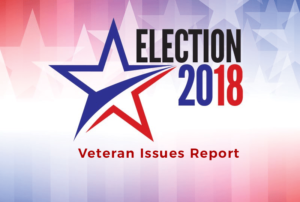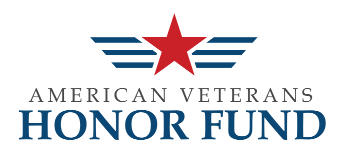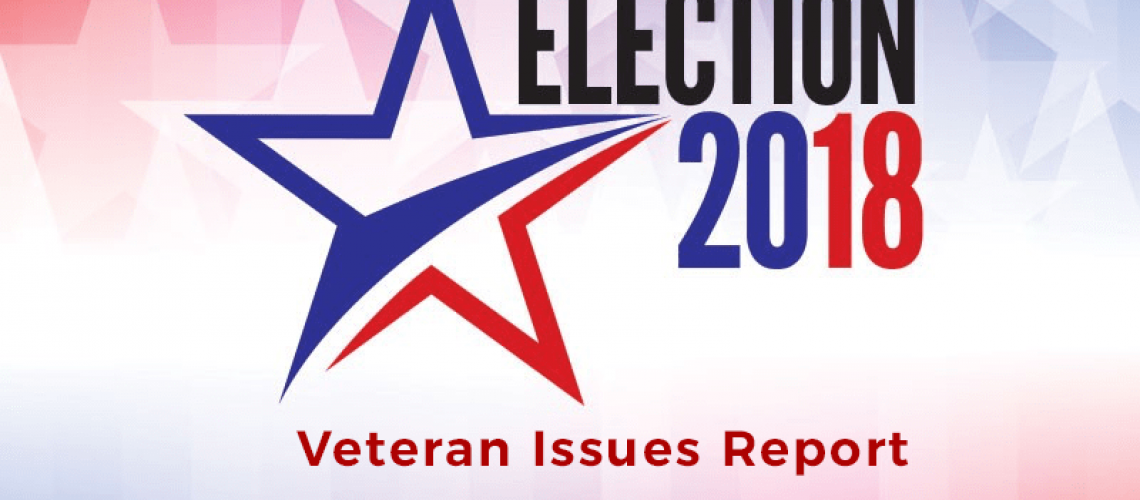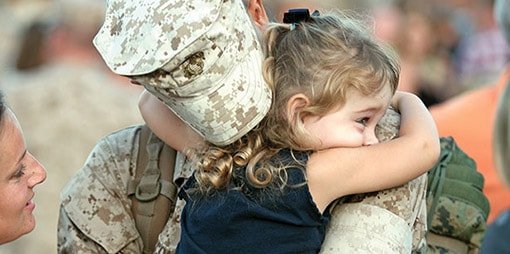
This year we saw changes at the top of the VA, driving the future of the organization into further turmoil. Women veterans are increasing in number, leading to an increased need for female-specific services upon return to civilian life. The need to drive increased economic opportunity via civilian transition through federally funded programs is never more critical as the fabric of America’s workforce is changing. And healthcare remains the top concern as it has the past two years.
Focus on Four Key Issues Facing Veterans
In this month’s post, we want to take some time to highlight some of the more pressing issues rising to the top in the 2018 election season and provide insight into what Veteran supporters can do to ensure the right candidates are elected to office.
1. Veterans Healthcare Reform:
Despite broad agreement, some politicians (including our president) and political organizations continue to promote proposals offering veterans an unlimited private sector “choice” option, regardless of the costs or potential consequences of greatly diminishing the VA health care system. Unfortunately, the failure to identify a common definition of “choice” has confused the debate. Some have said “choice” would allow veterans to select their own doctors, lead to better quality health care and expand access for veterans. However, many doctors don’t choose to participate in Choice. VA already provides equal or better care than the private sector and if too many veterans use “choice” and leave VA, it would force VA to close facilities and curtail medical services, thereby actually limiting “choice” for veterans who choose and rely on the VA for all or most of their care. Expanding “choice” would have enormous costs and consequences for veterans and the VA health care system; some economists estimate it would require new funding of between $5 to $35 billion in the first year, and potentially up to $2 trillion over ten years for a completely unfettered “choice” program. That’s not reform, that’s insanity. This season the goal is to elect officials who can solve the issue from the perspective of the veteran themselves. Defining clarity around choice, limiting costs and ensuring that our VA system can provide the best option for Vets with the most need.
2. Veteran Caregiver Support:
There is a substantial cost in providing expanded access to VA’s Caregiver Support Program for all eras of severely injured and ill veterans. However, it costs less to provide comprehensive caregiver support than providing long-term nursing home or other institutional care. According to a 2013 VA report to Congress, the average cost per veteran, per year in the comprehensive program is $36,770—far less than the $332,756 VA spent on average annually per veteran in a VA nursing home; the $88,571 spent (on average) in a community nursing home, or the $45,085 in VA per diem payments to State Veterans Homes. Family caregivers reduce overall health care costs to the government by ensuring veterans receive necessary preventative and outpatient care and thus minimizing medical complications and lowering the number of hospital admissions and the need for early long-term care. This issue may seem so simple when laid out, yet politicians need to act firmly given the data before them. Supporting candidates that understand the need to support caregivers is critical.
3. Support for Women Veterans:
Today, women are serving in greater numbers in the U.S. military and make up 20 percent of recruits. As a result, the
number of women veterans seeking VA health care services continues to increase. In 2016, 470,163 women used VHA health care—263,363 for gender-specific services. By 2019, VA estimates it will treat 552,629 women veterans—294,413 for gender-specific health needs which projects more than 17.5 percent growth in the women’s patient population and almost 12 percent growth in women seeking gender-specific care in three years. This rapid increase in the number of women veterans seeking VA medical care has resulted in challenges in providing timely, gender-specific primary care at all VA facilities, further compounded by a shortage of primary care providers with expertise in women’s health capable of providing high-quality comprehensive care. It’s critical that incoming politicians enact legislation to ensure all federal programs are meeting the needs of women veterans, and equal in effectiveness and health outcomes when compared to the services provided to male veterans.
4. Veteran Re-Integration and Career Services:
Veterans’ unemployment, especially service-disabled veterans, remains a matter of concern. While services such as healthcare, education, and housing matters are administered by the VA, veterans’ employment assistance is administered by the DOL. The need for VA Vocational Rehabilitation & Employment (VR&E) services is escalating with the increase of separating service members returning from deployment. In addition, funding for VR&E has adversely impacted the counselor-to-client ratio to more than the recommended 1:125, which is crucial to providing one-on-one support. The success of this program is also affected by a significant number of veterans who do not complete their VR&E plan, and those who do are considered successfully rehabilitated after only 60 days of employment despite many employment probationary periods exceeding 60 days. In this election season, ensuring this issue is bubbled to the surface in key states with an abundance of returning veterans is key. Both local and federal candidates must have a clear and proactive stance on enacting legislation that ensures adequate completion and access to counseling services within the mandated ratio.
The issues highlighted here are of high importance to our Veteran’s and their families. Of course, there are many other issues that we will continue to highlight. But veteran healthcare and financial stability are paramount and must be solved with the long-term in mind.
At American Veterans Honor Fund our commitment is to not only highlight these issues facing veterans on a state by state basis but to support candidates who have a clear and objective view of the issues and have practical and tangible solutions to offer. We will activate supporters and find ways to invest in these candidates through November. Please feel free to donate in suport of the cause. Your contributions wwill help define the outcome of many critical elections.


